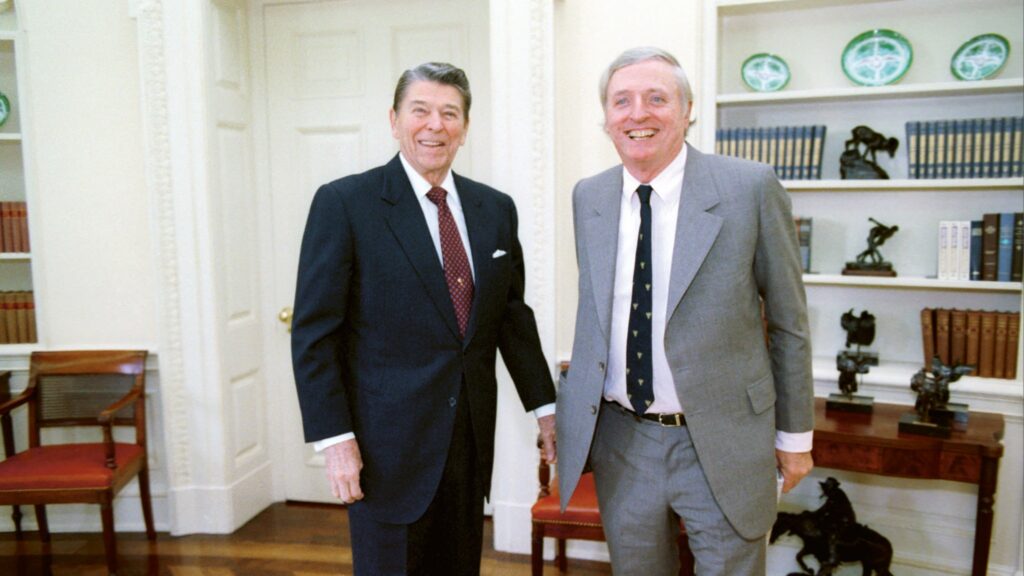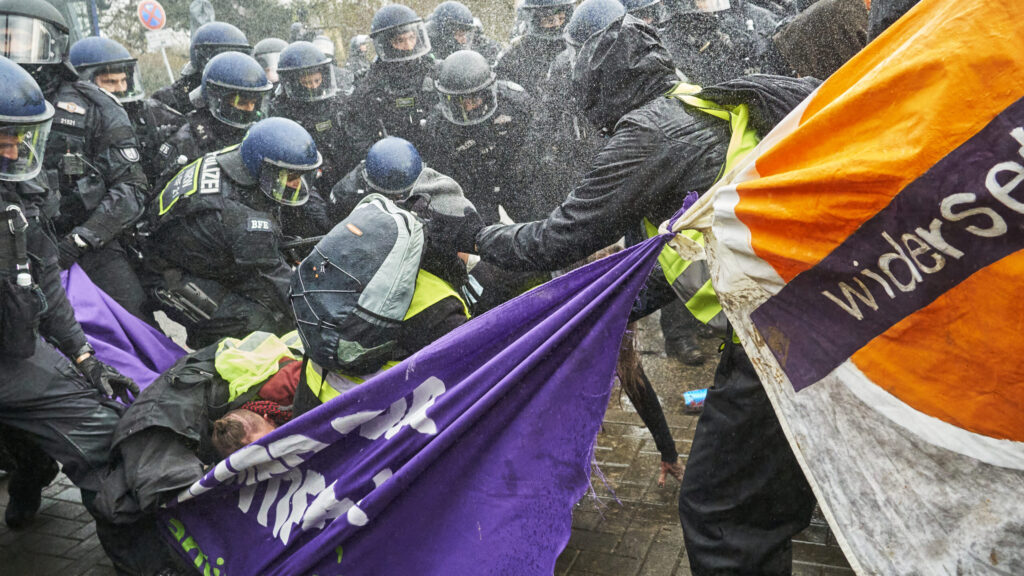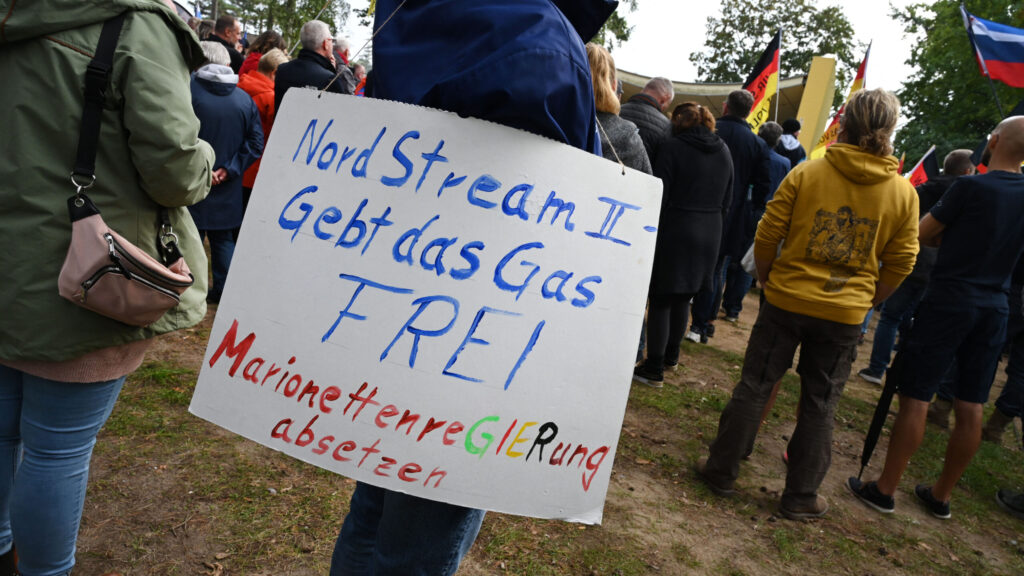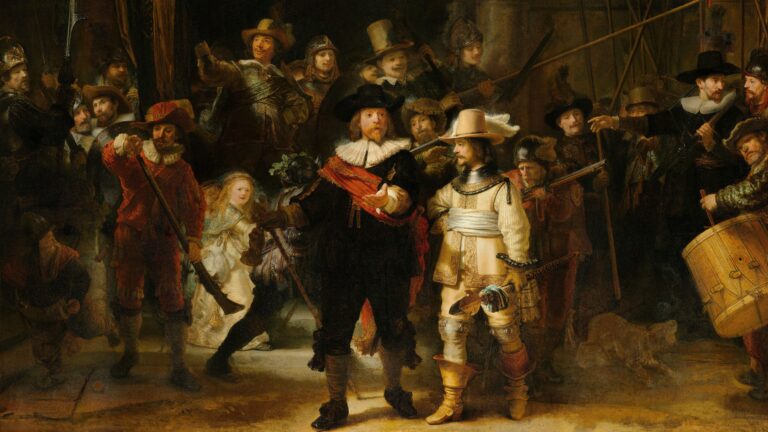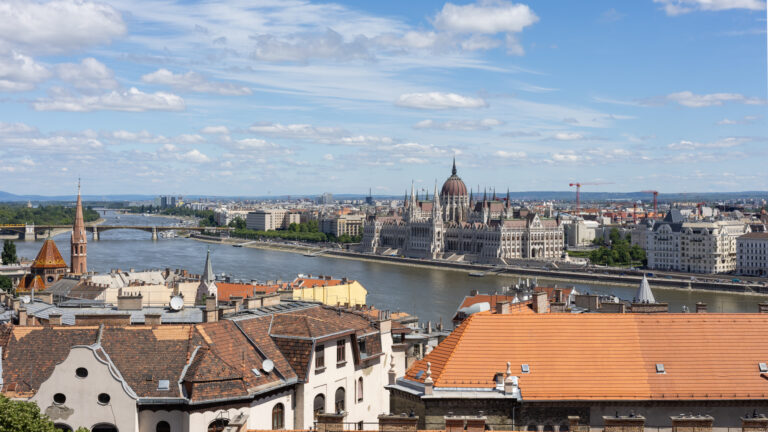Two presidents who both made history in one way or another. Two presidents who both campaigned on the promise of long-sought peace. Both tried to achieve peace to the best of their ability. Yet it increasingly seems that they have both ultimately failed.
Those familiar with the history of the Russo–Ukraine war have probably already deduced which two presidents I am referring to so enigmatically. One is Ukrainian President Volodymyr Zelenskyy, and the other is US President Donald Trump. And while it is not 100 per cent certain at the time of writing that Trump’s push for peace has definitively failed, developments are increasingly pointing in that direction.
Running Out of Patience
At the time of writing, 11 July, we are witnessing a shift in Donald Trump’s stance on Ukraine and on how to end the war that has been raging on the European Union’s doorstep for more than a decade. Three days ago, Trump said during a cabinet meeting that he was ‘not happy’ with Russian President Vladimir Putin’s attitude towards peace talks, adding: ‘We get a lot of bullsh*t thrown at us by Putin…He’s very nice all the time, but it turns out to be meaningless.’ On the same day, Trump announced that Washington was resuming weapon shipments for Ukraine, having halted them just days earlier, and he signalled openness to implementing more severe sanctions on Moscow, including secondary sanctions on Russian energy. The US president also described Putin as ‘crazy’ for continuing his war efforts instead of negotiating a ceasefire and peace. On 10 July Secretary of State Marco Rubio also reaffirmed Trump’s dissatisfaction with Putin’s stance during a meeting with his Russian counterpart Sergei Lavrov in Malaysia.
These statements and announcements come after months of stalled negotiations, caused almost exclusively by Russia’s refusal to compromise. Meanwhile, Moscow is waging an unprecedented air campaign against Ukrainian cities, with hundreds of thousands of drones striking various locations night after night across the country. These strikes—including one on Kharkiv on 7 July and another in the Kherson region on 9 July—resulted in significant civilian casualties, including four children, one of whom was a one-year-old baby.
‘Both leaders overestimated the personal factor in their professional relationship’
It is becoming increasingly evident that Trump has lost patience with Putin. The two leaders have historically maintained a fundamentally good relationship, which both of them viewed as a potential basis for constructive and fruitful discussions about the war in Ukraine. We all remember how Trump promised to end the war within 24 hours if elected, and how he claimed that the war would not even have broken out had he been president at the time, precisely because of his good relationship with Putin. Trump believed that his personal rapport and certain adjustments in the US stance towards Russian-occupied territories of Ukraine would suffice to bring Putin to the negotiating table. He is now discovering that it will not.
On the other hand, Putin assumed that his good relationship with Trump and his ability to influence him would buy him enough time to break Ukraine’s resistance. It seems it will not, and that Putin has reached the limits of Trump’s patience. Both leaders overestimated the personal factor in their professional relationship.
Peace Equals Betrayal
Back in 2019, Volodymyr Zelenskyy made a similar miscalculation, almost identical to that of Trump and Putin. As Taras Kuzio wrote in an analysis published by the Atlantic Council in 2020, Zelenskyy ‘appears to have entered office believing his considerable personal charisma could prove decisive during one-on-one interaction with his Russian counterpart Vladimir Putin.’ However, that was not the case.
In 2018, while still working as a television showman, Zelenskyy’s vision for ending the conflict between Kyiv and Moscow bore significant similarities to Trump’s approach during his 2024 campaign—or, hard as it may be to imagine now, to that of Hungarian Prime Minister Viktor Orbán. During his campaign, Zelenskyy pledged to end the conflict in Donbas, stating his primary goal as president was to ‘just stop the shooting’. He also promised to reboot peace negotiations involving Ukraine, Russia, the separatists, and the Normandy Format partners (France and Germany), to continue the Minsk Accord framework, and to implement the Steinmeier Formula—linking special status for Donbas to credible elections. Zelenskyy envisaged a comprehensive ceasefire agreement and pledged to engage directly with Putin to secure peace. At that time, Zelenskyy and his team refrained from characterizing the conflict as a war between Ukraine and Russia, nor did they explicitly name Moscow as the aggressor.
Zelenskyy won the election in a landslide, securing around 75 per cent of the vote. However, his peace efforts encountered significant obstacles. In the early months of his presidency, Zelenskyy achieved modest diplomatic successes. In July 2019, a ceasefire was introduced, and several prisoner exchanges took place, while the Normandy Format dialogue resumed in late 2019. Despite the ceasefire, fighting along the line of contact persisted, fundamentally undermining further efforts towards a peaceful settlement.
‘Far-right groups such as Right Sector, National Corps, and veterans openly threatened Zelenskyy’
Zelenskyy’s early initiatives also faced considerable domestic resistance. His decision to implement the Steinmeier Formula sparked large protests by nationalists, veterans, and opposition parties, drawing as many as 50,000 people to the streets at their peak. A significant segment of Ukrainian society viewed any concessions regarding Donbas as capitulation and therefore opposed even the slightest move towards peace. Far-right groups such as Right Sector, National Corps, and veterans openly threatened Zelenskyy. For instance, former MP and adviser to former Commander-in-Chief of the Ukrainian Armed Forces Valery Zaluzhny, Dmytro Yarosh, warned that implementing peace terms might result in Zelenskyy being ‘hung on some tree on Khreshchatyk boulevard’, equating it to betrayal. These threats later materialized into real actions: in March 2020, Zelenskyy’s adviser Sergei Sivokho—a former peace activist—was physically assaulted by Azov-affiliated radicals.
This domestic turmoil, coupled with broader geopolitical dynamics—Russia’s reluctance to compromise and suspicion towards Western-led dialogue formats; the European Union’s lack of a comprehensive plan to resolve the conflict and its inconsistent attitude towards negotiations; and Joe Biden and the Democrats’ victory in the 2020 presidential race—led Zelenskyy to abandon his pro-peace stance. After unsuccessful attempts to resolve the conflict, the Ukrainian president fully committed to a ‘war mode’. The promise of peace was broken.
Back to Square One?
While the situation today is undoubtedly very different from that of late 2019 to early 2022, Trump’s failure to deliver swift peace in Ukraine can be attributed to nearly identical factors. He too faces significant domestic opposition, not only from Democrats but also from within the Republican Party, for pushing for peace. The European Union, to put it mildly, is not assisting Trump’s peace efforts either. On the contrary, since peace talks began, the majority of EU member states have sought to outbid one another with promises of how the EU could replace the United States in providing military support for Kyiv. They also aim to fast-track Ukraine’s accession to the Union, effectively integrating the war itself into the EU. This is, essentially, the opposite of making peace.
Like Zelenskyy, Trump has achieved minor successes, such as the energy and maritime ceasefire in April, but these have been almost universally violated by both warring parties. This brings us back to the aforementioned Putin factor in these peace negotiations. At present, it is clear that Russia has no intention of making concessions to achieve peace. Instead, Russian forces are slowly but steadily advancing in eastern Ukraine, securing a stronger negotiating position. Some analysts argue that this strategy—to capture as much territory as possible so that Russia might later offer to withdraw its forces to the borders of the annexed regions in eastern Ukraine as part of a potential agreement—is the primary objective behind the current Russian offensive. It also explains Putin’s stalling tactics regarding peace talks.
‘It is clear that Russia has no intention of making concessions to achieve peace’
Recent statements from Putin and other leading Russian figures indicate that Moscow is planning to end the war sometime in 2026. The most notable signal came from Putin himself, who said on 27 June that Russia plans to reduce military spending from 2026 onwards, emphasizing a strategic recalibration that correlates with an anticipated de-escalation around that time.
Nevertheless, on 11 July, Trump announced that he had struck a deal with NATO to continue US weapon shipments to Ukraine—while stating that NATO would pay for those weapons. As CNN noted, this essentially means the war is back to ‘square one’. The promise of peace has been broken once again.
It is difficult to draw definitive conclusions from the similarities in how Zelenskyy’s and Trump’s efforts to achieve peace have failed. One conclusion, however, should be quite straightforward: do not promise peace. Yet that is not how populism operates. A more serious lesson is that achieving peace in such a complex geopolitical situation cannot be accomplished by a single person or by one side alone. It requires all stakeholders—all of the international community—to commit 100 per cent to peace. Without such collective purpose, personal attributes and personal relationships hold little value. Just like promises.
Related articles:


